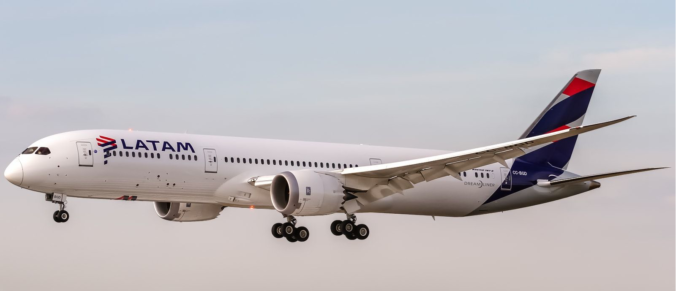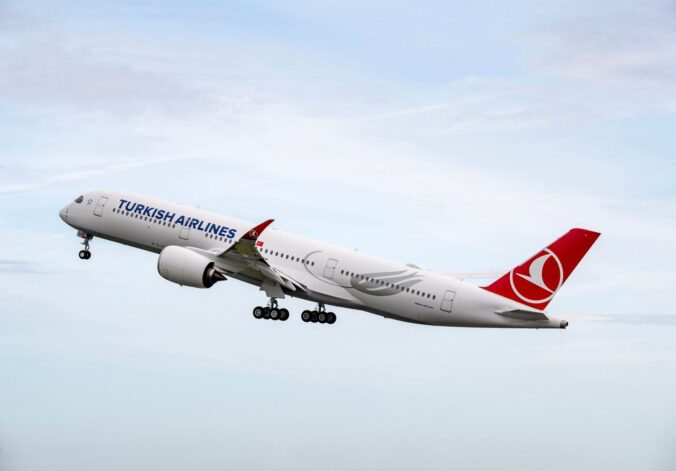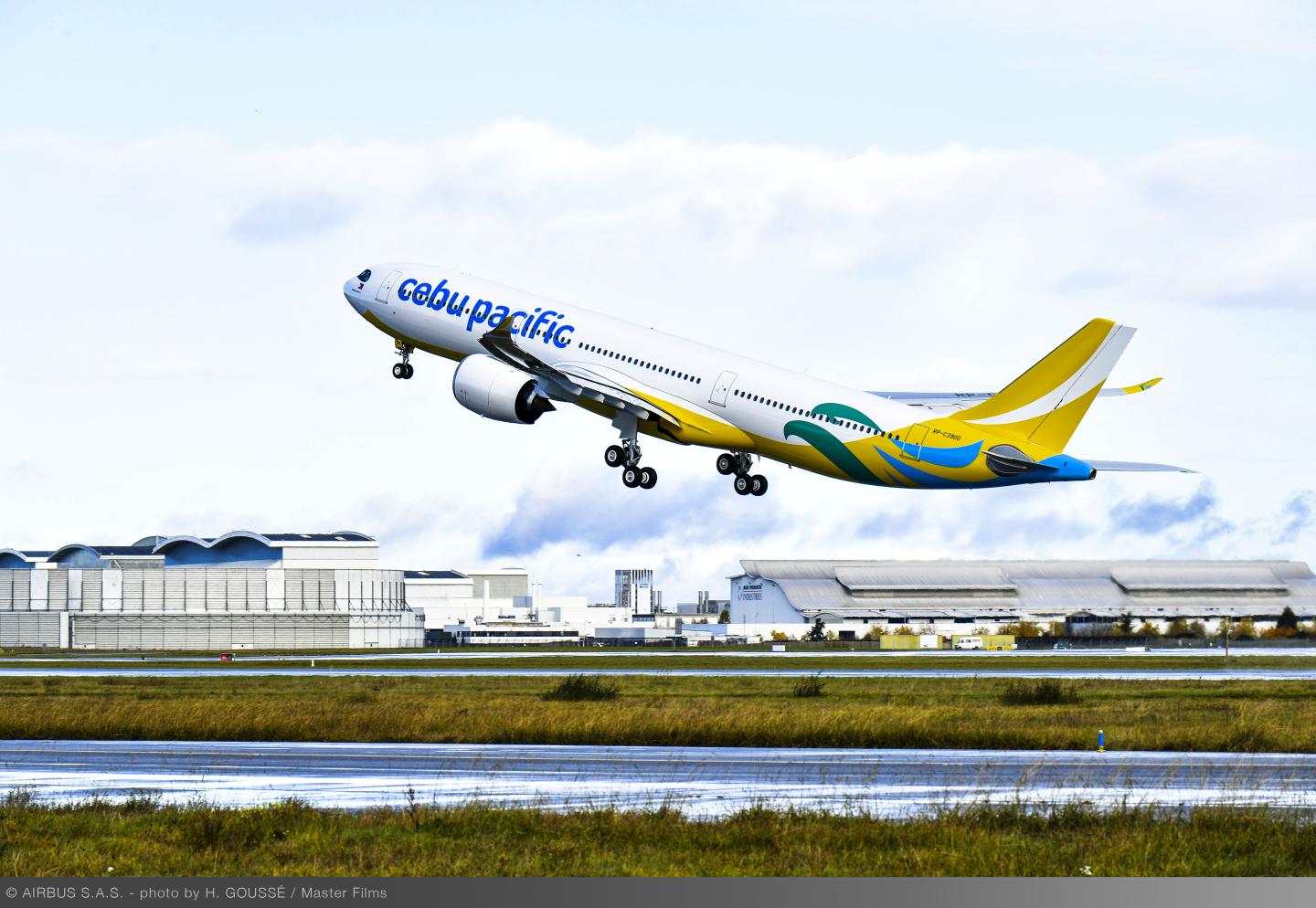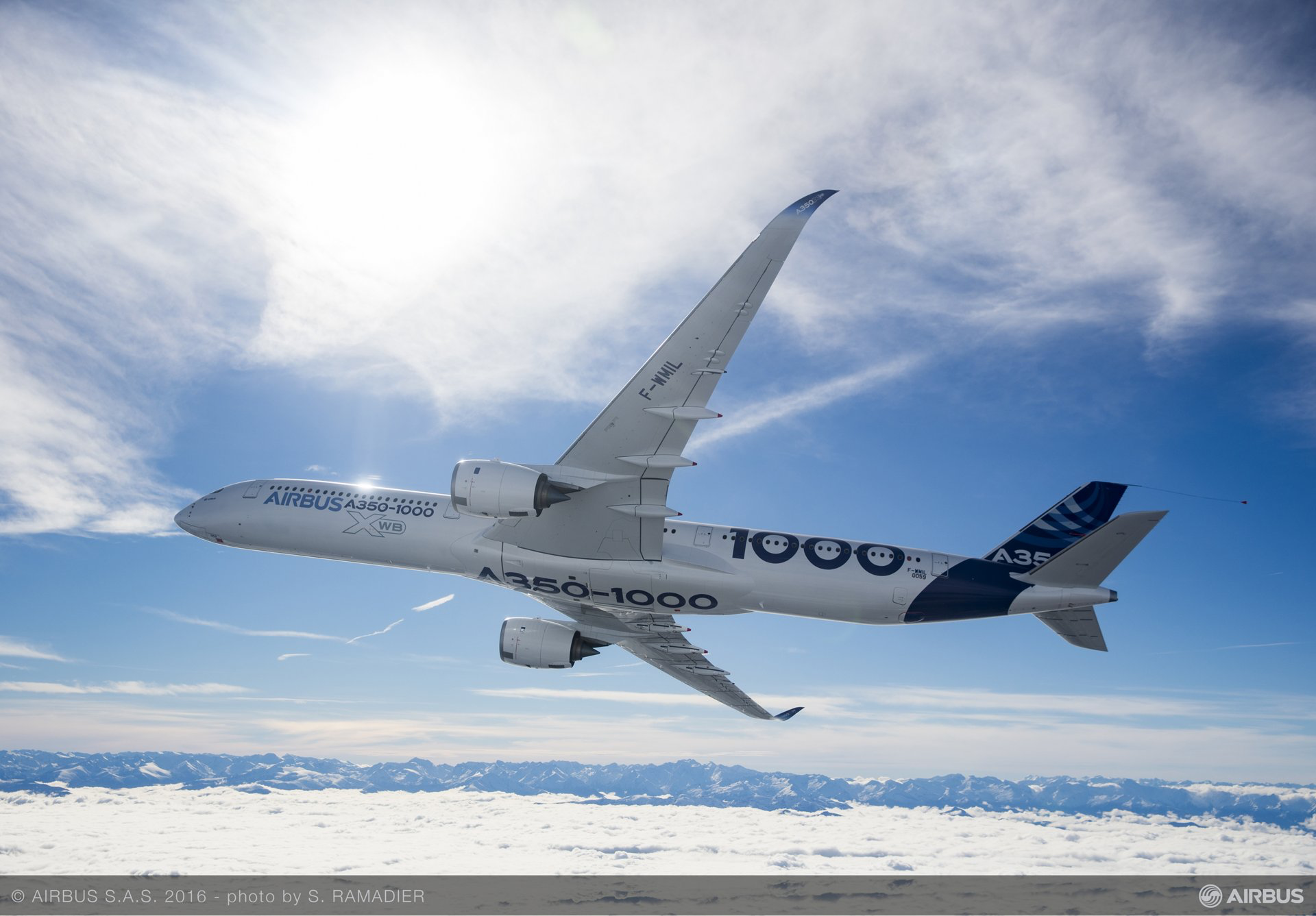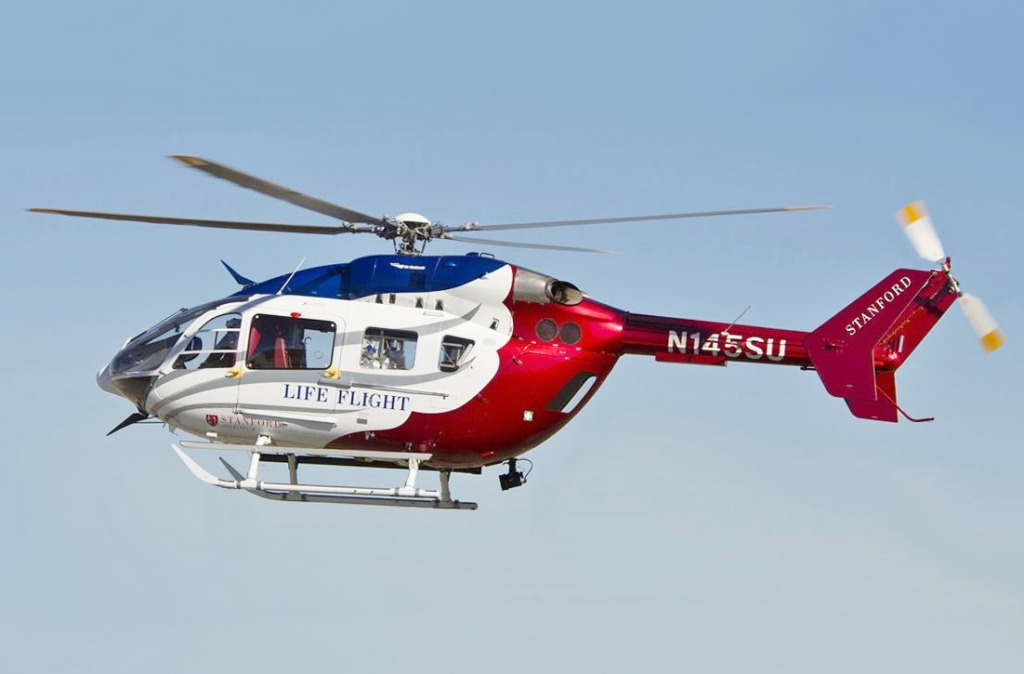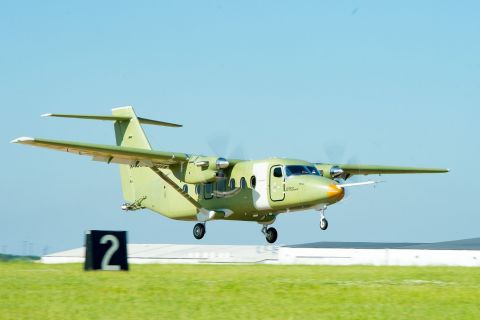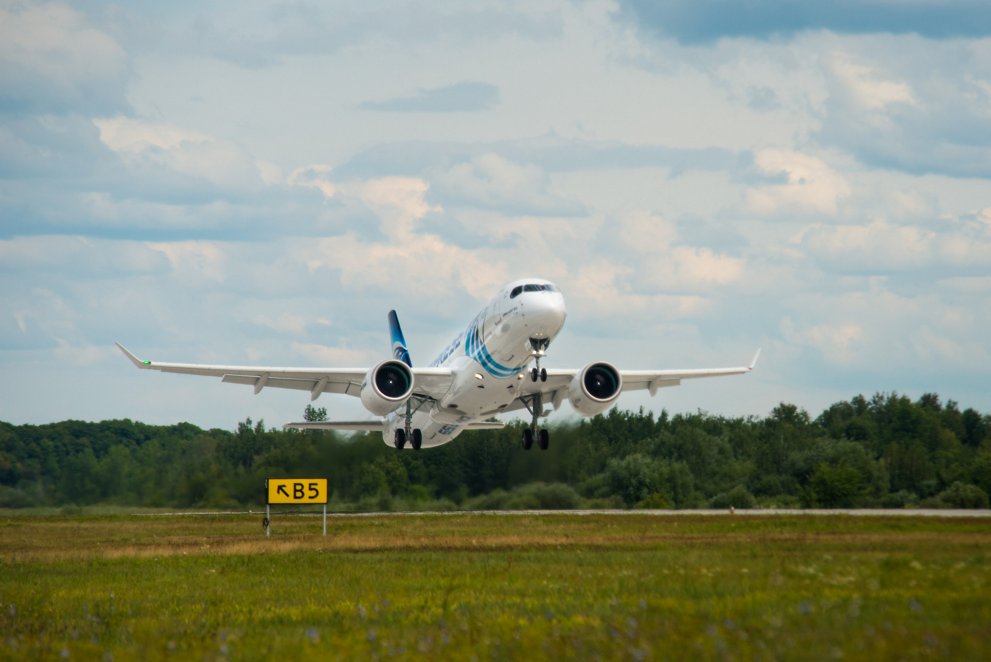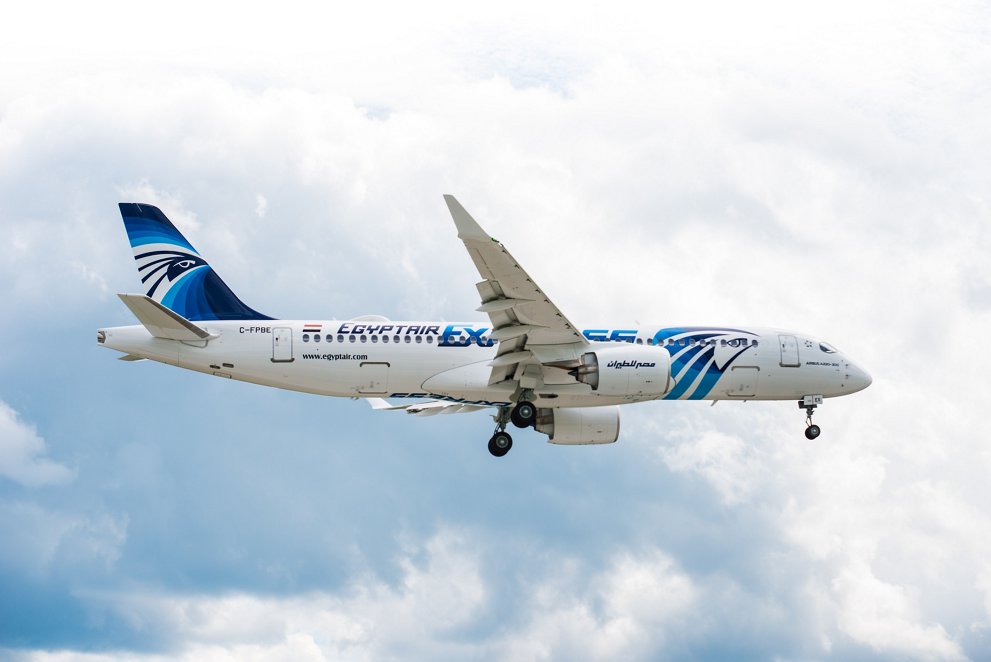Santa Clara, California, December 6, 2023 – Airbus Group SE (Paris: AIR) and BMW Group (Xetra: BMWG) launch a global Quantum Computing Challenge entitled “The Quantum Mobility Quest” to tackle the most pressing challenges in aviation and automotive that have remained insurmountable for classical computers. This challenge is the first-of-its-kind, bringing together two global industry leaders to harness quantum technologies for real-world industrial applications, unlocking the potential to forge more efficient, sustainable and safer solutions for the future of transportation.
Quantum computing has the potential to significantly enhance computational power and to enable the most complex operations that challenge even today’s best computers. In particular, for data-driven industries like the transportation sector, this emerging technology could play a crucial role in simulating various industrial and operational processes, opening up opportunities to shape future mobility products and services.
Challenge candidates are invited to select one or more problem statements: improved aerodynamics design with quantum solvers, future automated mobility with quantum machine learning, more sustainable supply chain with quantum optimisation, and enhanced corrosion inhibition with quantum simulation. Additionally, candidates can put forward their own quantum technologies with the potential to develop native apps yet to be explored in the transportation sector.
The challenge is hosted by The Quantum Insider (TQI) and divided into two parts, a four-month phase where participants will develop a theoretical framework for one of the given statements, and a second phase during which selected finalists will implement and benchmark their solutions. Amazon Web Services (AWS) provides candidates with an opportunity to run their algorithms on their Amazon Braket quantum computing service.
A jury composed of world-leading quantum experts will team up with experts from Airbus, BMW Group, and AWS to evaluate submitted proposals and award one winning-team with a €30,000 prize in each of the five challenges, by the end of 2024.
Registration opens today, and submissions will be accepted from mid-January through April 30, 2024 here: www.thequantuminsider.com/quantum-challenge.
Forward-Looking Statements
This press release may contains forward-looking statements within the meaning of the Private Securities Litigation Reform Act of 1995, including expected delivery dates. Such statements are based on current expectations and projections about our future results, prospects and opportunities and are not guarantees of future performance. Such statements will not be updated unless required by law. Actual results and performance may differ materially from those expressed or forecasted in forward-looking statements due to a number of factors, including those discussed in our filings with the Securities and Exchange Commission.

